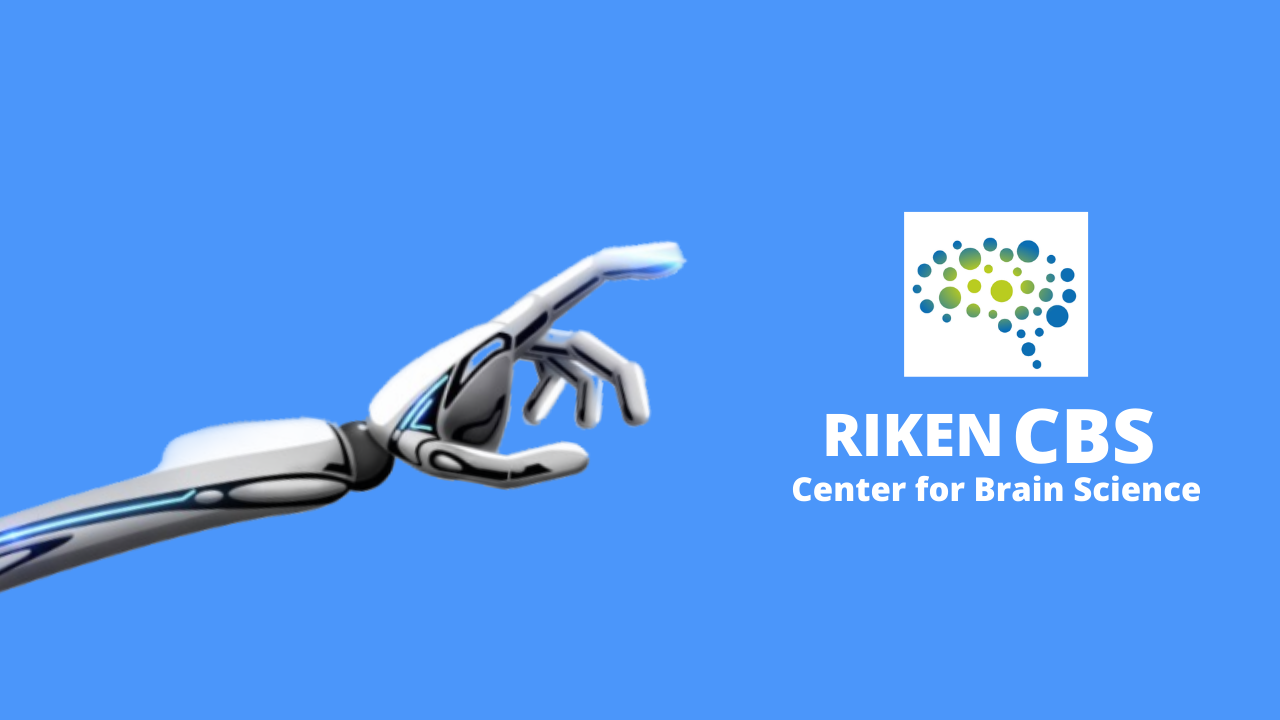
This session was about processing different images and tunning the torque range.


Bay Max(left) and our robot's replication(right)


An Apple(left) and the robot's replication(right)
In this example, we set the torque range from 0-5. The robot failed to recreate darker regions of the image, because, possibly due to current control or other factors, the robot can not maintain a torque higher than about 4. For the rest of the examples, we changed the torque range to 0-4, which worked out quite well.


A chess piece(left) and our robot's replication(right)


Piano keyboard(left) and the robot's replication(right)


A portrait of Albert Einstein(left) and our robot's replication(right)

A baseball batter
The drawing turned out to be exceptionally good. Our director was actually surprised. The director attempted drawing several images before our visit. Not only did one of the drawings take 20 hours to make, but the drawings also didn't have stark shaded contrasts. He actually repeated marks at darker regions to increase the contrast. That is why it took that long.
Our drawings, on the other hand, were surprisingly better! They also take way less time - between 1-2 hours. The reason behind our breakthrough was an unintentional decision that we made at the beginning of this project. When we first programmed this software, we repeatedly called and restarted the torque command every time we applied a different torque - the torque value resets to zero every time. This caused the robot to have this "tapping" motion on the paper since the strength of the wrist is reset each time. This "tapping" motion enabled the robot create clear and starkly varying darknesses on paper.

The image processing code can be referred from our previous blog.